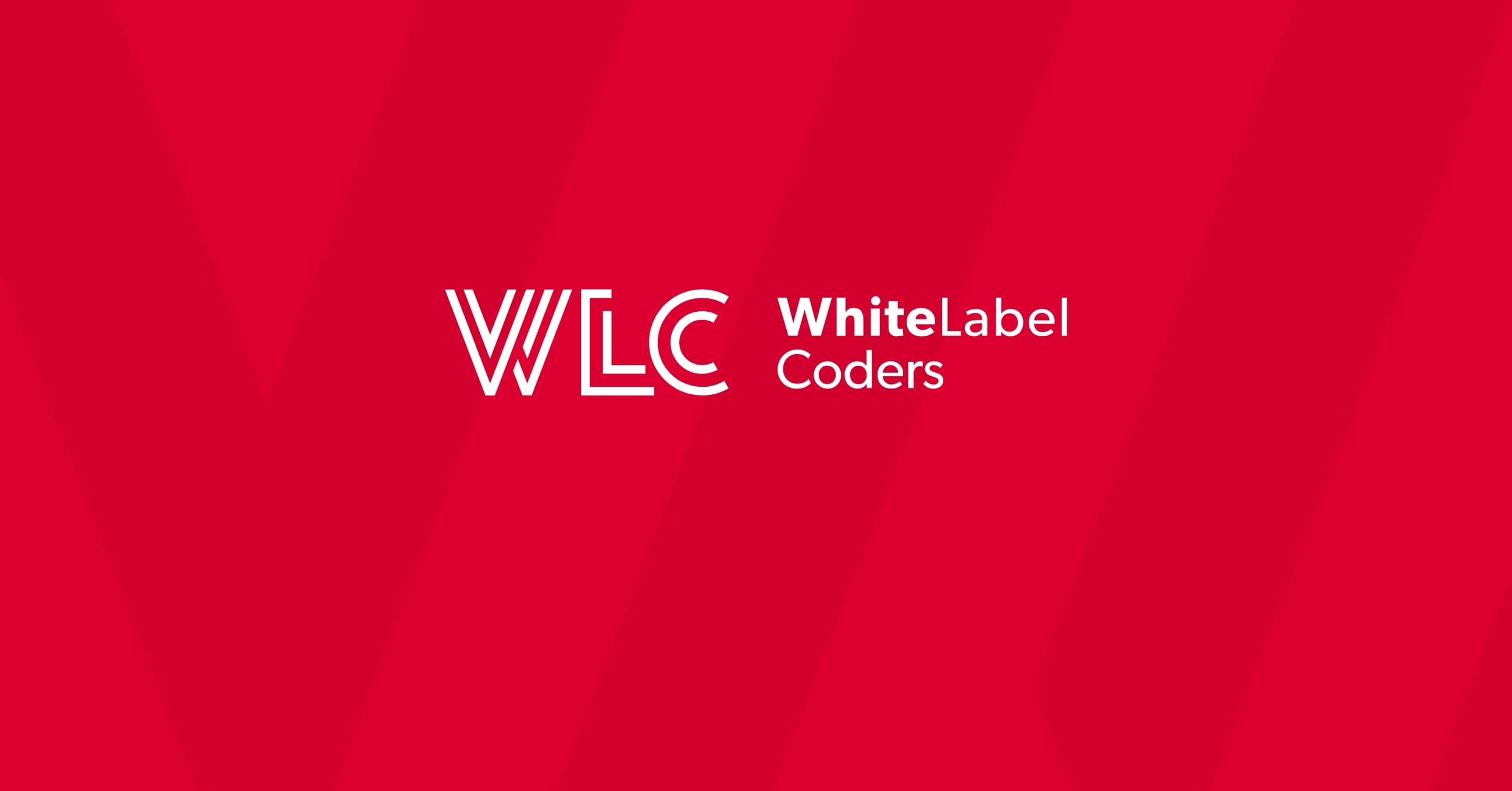Category: WooCommerce
Why do orders fail on WooCommerce?

Ever had that sinking feeling when customers report they couldn’t complete their purchase on your WooCommerce store? You’re not alone. Order failures represent one of the most frustrating challenges for online merchants, directly impacting revenue and customer satisfaction. While WooCommerce powers nearly 30% of all online shops globally, its flexibility and extensive customisation options can sometimes lead to unexpected complications in the order processing workflow.
Let’s explore why orders fail on WooCommerce stores and, more importantly, how to identify, resolve, and prevent these issues from affecting your business. Whether you’re experiencing occasional order glitches or systematic checkout problems, understanding the underlying causes is the first step toward creating a seamless shopping experience.
Understanding WooCommerce order processing: a learning framework
Before diving into specific failure points, it’s essential to understand how WooCommerce processes orders. When a customer clicks that crucial “Place Order” button, a complex series of operations begins behind the scenes.
The WooCommerce checkout workflow typically follows these steps:
| Stage | Process | Potential Failure Points |
|---|---|---|
| Cart Validation | System confirms product availability, pricing, and discounts | Inventory discrepancies, price calculation errors |
| Customer Data Collection | Capture of shipping/billing information | Form validation issues, incomplete data submission |
| Payment Processing | Secure handling of payment details and gateway communication | Gateway timeouts, API failures, card declines |
| Order Creation | Database entry generation and status assignment | Database errors, server resource limitations |
| Confirmation | Customer notification and order management | Email delivery failures, webhook errors |
Have you ever considered how many separate systems must work together perfectly for a single order to complete successfully? Each stage represents a potential failure point, and understanding these vulnerabilities is crucial for maintaining a healthy WooCommerce development environment.
This article aims to help you identify common failure patterns, understand their technical causes, implement monitoring solutions, and develop a systematic approach to resolving these issues when they arise.
What are the most common causes of WooCommerce order failures?
When investigating order failures on your WooCommerce store, several recurring culprits typically emerge. Understanding these common causes provides a foundation for effective troubleshooting.
Payment gateway integration issues
The most frequent source of order failures relates to payment processing. Payment gateways (such as Stripe, PayPal, or Authorize.net) serve as the bridge between your store and financial institutions. When this bridge falters, orders fail despite customers’ best intentions to complete their purchases.
Common payment-related failures include:
- Expired or misconfigured API credentials
- SSL certificate issues affecting secure communications
- Gateway timeout issues during high-traffic periods
- Currency mismatches between your store and payment processor
Plugin conflicts and compatibility problems
WooCommerce’s extensibility is both a strength and potential weakness. The average WooCommerce store uses 15-20 plugins, creating a complex ecosystem where conflicts can emerge.
When multiple plugins attempt to modify the checkout process, they may inadvertently interfere with each other, causing JavaScript errors, form submission problems, or unexpected redirects that prevent order completion.
Server and hosting environment constraints
WooCommerce demands more server resources than a standard WordPress installation. Resource limitations often manifest as timeout issues during crucial checkout processes.
The checkout process is your store’s most critical conversion point. When technical limitations prevent it from functioning properly, you’re not just losing orders – you’re losing customer confidence in your brand.
Have you reviewed whether your hosting environment provides adequate resources for your WooCommerce store’s traffic and complexity? Insufficient PHP memory limits, restrictive server timeouts, or database connection limits can all contribute to order failures during peak periods.
How payment gateway integration affects order completion
Payment processing represents the most critical junction in the customer journey, where technical complexities and security requirements converge. A deeper understanding of payment gateway integration helps explain why many orders fail at this crucial stage.
API connectivity and authentication challenges
Every payment gateway relies on secure API connections to process transactions. These connections require proper authentication through API keys, shared secrets, or OAuth tokens that must be correctly configured in your WooCommerce settings.
A surprisingly common cause of payment failures is using test credentials in a live environment (or vice versa). When developing or updating your WooCommerce development project, always verify that the correct environment-specific credentials are being used.
Data validation and formatting requirements
Payment gateways impose strict validation requirements on customer data. Names, addresses, and card details must conform to specific formats, which vary between providers. When checkout forms submit data that doesn’t meet these requirements, transactions fail – often with generic error messages that frustrate customers.
For international stores, these formatting issues become even more complex. Address formats, postal code structures, and phone number conventions differ globally, requiring careful handling to ensure successful payment processing.
Technical factors that disrupt the WooCommerce checkout process
Beyond payment-specific issues, several technical factors can interrupt the checkout flow and cause order failures. Understanding these underlying mechanisms helps identify root causes rather than just symptoms.
PHP configuration limitations
PHP memory limits directly impact WooCommerce’s ability to process complex orders. The default memory allocation in many hosting environments (often 64MB or 128MB) may be insufficient for stores with many products, custom functionality, or high traffic.
Similarly, execution time limits can cause long-running processes to terminate prematurely. When a checkout process exceeds the configured PHP max_execution_time setting (commonly 30 seconds), the server aborts the operation, resulting in an incomplete order.
Database performance issues
WooCommerce relies heavily on WordPress’s database infrastructure, performing multiple write operations during checkout. When database performance suffers, these operations may time out or fail.
Common database-related factors include:
- Table fragmentation reducing query efficiency
- Excessive database size from order history and logs
- High concurrent connection counts during traffic spikes
- Query caching configuration issues
These technical limitations often manifest most severely during high-traffic periods such as sales events or product launches – precisely when reliable checkout functionality is most critical.
Implementing effective order failure monitoring systems
You can’t fix what you don’t measure. Establishing robust monitoring for your WooCommerce store provides early warning of potential issues and helps identify patterns that might otherwise go unnoticed.
Transaction log analysis
Every attempted order generates valuable diagnostic information across multiple systems. Implementing comprehensive logging helps track the customer journey from cart to completion (or failure).
Key transaction logs to monitor include:
- WooCommerce order status logs
- Payment gateway transaction records
- Server error logs (PHP, Apache/Nginx)
- WordPress debug logs (when enabled)
Creating a centralised monitoring dashboard that aggregates these different data sources provides invaluable insights into order processing health.
Customer-facing error tracking
While server-side logs capture technical details, they don’t always reflect the customer experience. Implementing front-end error tracking captures JavaScript errors, form submission failures, and other client-side issues that might prevent order completion.
Would your team notice if a particular combination of product options consistently triggered checkout errors? Front-end monitoring helps identify these patterns by capturing the exact conditions under which failures occur.
Resolving WooCommerce order failures: a systematic approach
When tackling order failures, a methodical approach yields better results than random troubleshooting. This systematic process helps isolate and resolve issues efficiently:
Diagnostic hierarchy for troubleshooting
| Layer | Investigation Focus | Common Solutions |
|---|---|---|
| Payment Gateway | API credentials, transaction logs, account status | Update credentials, check account restrictions, verify webhook configurations |
| WooCommerce Configuration | Plugin settings, checkout field validation, currency settings | Update plugins, correct configuration mismatches, validate checkout form settings |
| WordPress Environment | Plugin conflicts, theme compatibility, core updates | Disable conflicting plugins, update core components, verify theme compatibility |
| Server Configuration | PHP settings, database performance, caching configuration | Increase memory limits, optimize database, adjust caching settings |
| Network/Infrastructure | SSL issues, firewall configurations, CDN settings | Update SSL certificates, adjust firewall rules, verify CDN configuration |
When diagnosing order failures, start at the top layer (payment gateway) and systematically work down through each level until you identify the root cause.
Testing and verification protocols
After implementing potential fixes, thorough testing is essential. Create a structured testing protocol that includes:
- Test transactions with multiple payment methods
- Orders with different product types (simple, variable, subscription)
- Checkout flows from different devices and browsers
- High-volume simulation to test for concurrency issues
Document each test scenario and result to build a reliable verification process for future updates to your WooCommerce development environment.
Key takeaways for maintaining reliable WooCommerce order processing
Preventing order failures is always preferable to resolving them after they’ve impacted customers. Implement these proactive strategies to maintain reliable checkout functionality:
Regular maintenance best practices
- Implement a staging environment for testing updates before applying to production
- Schedule regular plugin and core updates during low-traffic periods
- Perform periodic database optimization to maintain performance
- Review server logs proactively for early warning signs
Beyond technical maintenance, consider the customer experience implications of your checkout design. Is your form unnecessarily complex? Are you requesting information that isn’t strictly required? Simplifying the checkout process often reduces failure rates by eliminating opportunities for errors.
Order failures in WooCommerce typically stem from a combination of factors rather than a single issue. By understanding the complex interplay between payment gateways, server configurations, and plugin ecosystems, you can create a more resilient checkout process.
Remember that each failed order represents not just lost revenue, but a frustrating customer experience that may damage long-term loyalty. Investing time in proper monitoring, systematic troubleshooting, and preventative maintenance pays dividends through higher conversion rates and improved customer satisfaction.
Need expert assistance with your WooCommerce store? Our team specialises in diagnosing and resolving complex checkout issues while optimising for performance and reliability. Contact us to learn how our comprehensive approach to WooCommerce development can help eliminate order failures and enhance your customers’ shopping experience.

